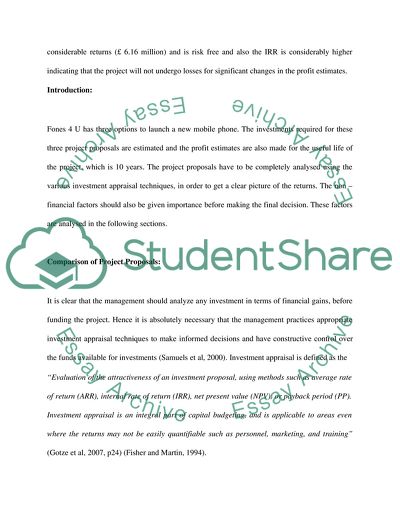Cite this document
(New Mobile Phone Project Case Study Example | Topics and Well Written Essays - 2250 words, n.d.)
New Mobile Phone Project Case Study Example | Topics and Well Written Essays - 2250 words. Retrieved from https://studentshare.org/finance-accounting/1719428-finance-for-managers
New Mobile Phone Project Case Study Example | Topics and Well Written Essays - 2250 words. Retrieved from https://studentshare.org/finance-accounting/1719428-finance-for-managers
(New Mobile Phone Project Case Study Example | Topics and Well Written Essays - 2250 Words)
New Mobile Phone Project Case Study Example | Topics and Well Written Essays - 2250 Words. https://studentshare.org/finance-accounting/1719428-finance-for-managers.
New Mobile Phone Project Case Study Example | Topics and Well Written Essays - 2250 Words. https://studentshare.org/finance-accounting/1719428-finance-for-managers.
“New Mobile Phone Project Case Study Example | Topics and Well Written Essays - 2250 Words”. https://studentshare.org/finance-accounting/1719428-finance-for-managers.


